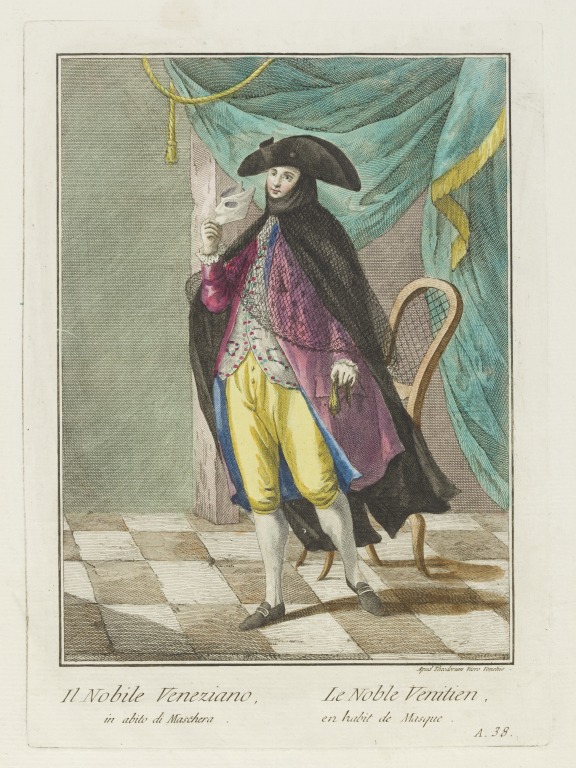Throughout the project we have been consulting with our peers in the V&A and external specialists. One of the most effective ways of doing so has been through holding a series of workshops. These enable us to have detailed discussions focused on specific areas of the galleries and their development. They usually last for either half a day or a full day and attendees include a variety of specialists from outside the Museum, including researchers, curators and colleagues from other institutions. This enables us to draw from a broad spectrum of useful expertise and experience. The resulting exchange of knowledge helps to inform and guide the content and presentation of the galleries, whilst also being beneficial to other participants.
The workshops held over the previous two years have all had a slightly different focus and flavour: some concentrated on a particular subject and what the display might show (Louis XIV and the Arts; John Jones: Collector and Benefactor); others concentrated on the content and use of combined Display and Activity Areas (The Cabinet; The Salon; The Masquerade); one offered insights into how music might be best used within gallery spaces; and two others concentrated on examination of objects that might prove not to be what they seemed when acquired by the Museum (Clocks; Ormolu).

To provide an example, the workshop held back in 2011 about The Cabinet was structured to:
- Explore the idea of the cabinet as a collection and the cabinet as furniture
- Discuss how these ideas might be realised in the design, displays and interpretation of Gallery 6
- Discuss how the Cabinet might conceived as an area that will appeal to all our key audiences: Independent Adult Visitors, Students and Families
- Discuss the objects to be included in the gallery


In contrast, the workshops held on Clocks and Ormolu (gilt brass) had rather different intentions. These sessions focused on the examination of specific objects, by expert participants who discussed how to determine the date and manner of several objects’ construction. This included identifying and scrutinising any alterations or modifications carried out on objects after their production, for example determining if decorative mounts were later additions to an object.
Our forthcoming workshop will focus on The Masquerade, a gallery that will provide an interactive digital experience for visitors based on late 18th-century Venice during the period of Carnival. Our ambition is to offer an atmospheric, playful and physical experience that accurately introduces elements of behaviour and personal interactions within social spaces, most notably those of the ridotti (gambling houses). Some of the most famous and evocative depictions of the ridotti are those by Francesco Guardi.
The workshop is intended to generate lively discussion about how best to recreate or present physical movements, gestures and social interactions of this period. We are particularly concerned with addressing the presentation of body movements, dress (especially masks) and etiquette. This topic raises numerous questions that can be approached from different angles. For example, we might pose the question ‘how would someone have walked across the floor of a ridotto?’ The answer requires consideration of the shoes and clothing worn, the nature of the flooring and the etiquette of the time and place.
- Shoes – what kind of steps and movements would have been possible when wearing them – only small dainty steps or a confident tread?
- Clothing – what movements were possible for women in their usual attire of long gowns (worn over stays and hooped petticoats) and men wearing long cloaks – did their clothing allow for small steps or brisk strides? – how would it have controlled their posture?
- Flooring – would it have been a smooth, uneven or slippery surface?
- Etiquette – what would have been the expected and acceptable manner for men or women to walk across the ridotto?


We look forward to sharing our findings in a future blog.

